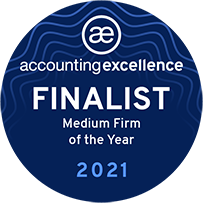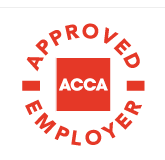What counts as R&D
How to show that your project is R&D within the tax definition
When you submit a claim, it helps if you give details of your project.
The questions below will help you decide if your project is within our definition of R&D. If your claim clearly sets out how you approach these questions, it helps HMRC see that your company really is doing R&D.
What is the scientific or technological advance?
Concentrate on the science and technology
Rather than stating the product, process or functionality being developed, consider what scientific or technological advance is being sought. This focuses attention on the project’s aim for an advance. This is important in judging whether R&D for tax relief purposes is being undertaken.
Some activities are not science
Science does not include work in the arts, humanities and social sciences (including economics).
‘Commercially innovative’ is not enough It’s not enough that a product is commercially innovative. You cannot claim in respect of projects to develop innovative business products or services that don’t incorporate any advance in science or technology.
What scientific or technological uncertainties were encountered?
- Did you really encounter ‘uncertainty’?
Scientific or technological uncertainty exists when knowledge of whether something is scientifically possible or technologically feasible, or how to achieve it in practice, is not readily available or deducible by a competent professional working in the field.
- Not every problem is an uncertainty
However, uncertainties that can be resolved through relatively brief discussions with peers are routine uncertainties rather than technological uncertainties. Technical problems that have been overcome in previous projects on similar systems are not likely to be technological uncertainties.
- Set out what happened
In your claim, you should set out at a high level, in a way that can be understood by someone who’s not an expert, what the uncertainties were and when they started and ended.
How and when were the uncertainties overcome?
Describe the methods used to overcome the uncertainties and the investigations and analysis undertaken. This should not be in great detail, but enough to show it wasn’t straightforward. Describe the successes and failures and the impact of these on the overall project. If the uncertainties were not overcome, explain what happened. Remember that the commercial failure of the product or project does not mean that R&D was not present. In addition, if the scientific uncertainties weren’t overcome, that can still mean that the work to address the uncertainties can be R&D.
Why wasn’t the knowledge being sought readily deducible by competent professionals?
Explain the uncertainty in the context of the known state of the field of research
It might be publicly known that others have tried to resolve the uncertainties and failed. Or maybe others have resolved the uncertainties, but precisely how it was done is not in the public domain. In either case, a valid technological uncertainty can still exist.
What if there’s limited available information about the state of the field of research?
If there’s little public information available about the project, you’ll need to show that the people leading it are competent professionals working in the relevant field. This might be done by outlining their relevant background, professional qualifications and recent experience and then have them explain why they consider the uncertainties are scientific or technological uncertainties rather than routine uncertainties. Whichever is appropriate, set out the details and have evidence available if needed.

You may also like…
R&D tax credits
First-year allowances
60% pensions relief
Taking tax-efficient salary & dividends
Dext invoice fetch
Tracking stock with QuickBooks







